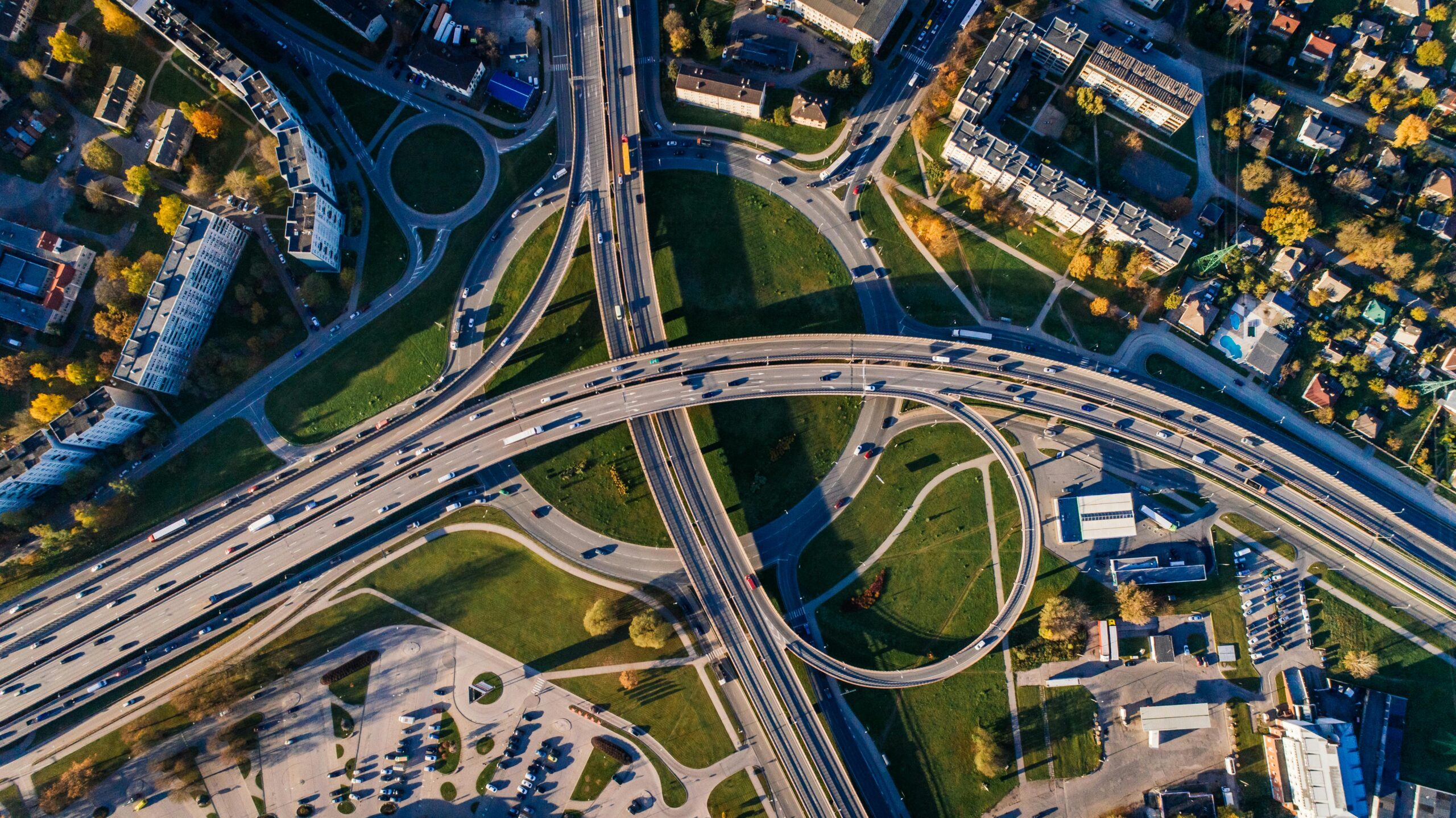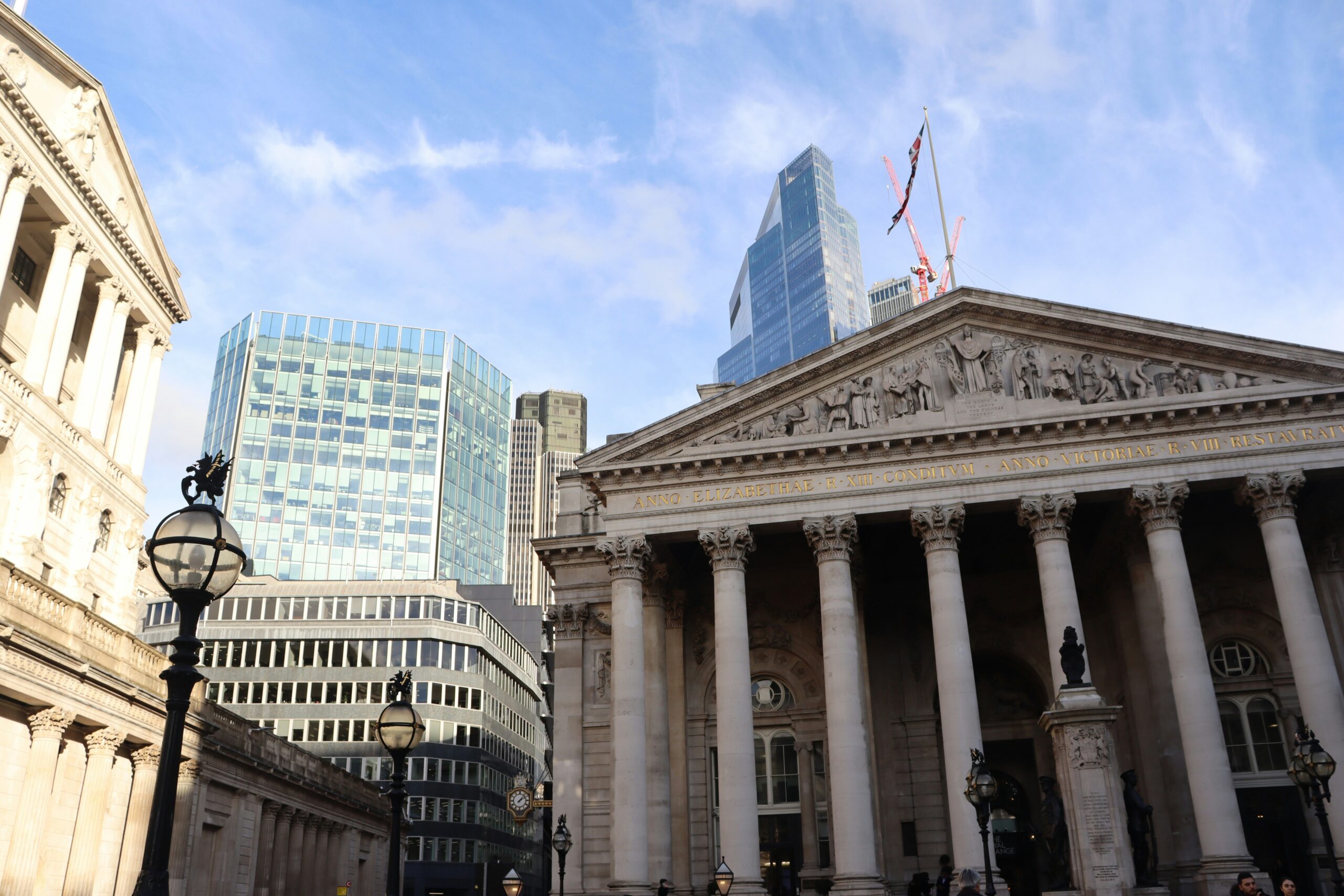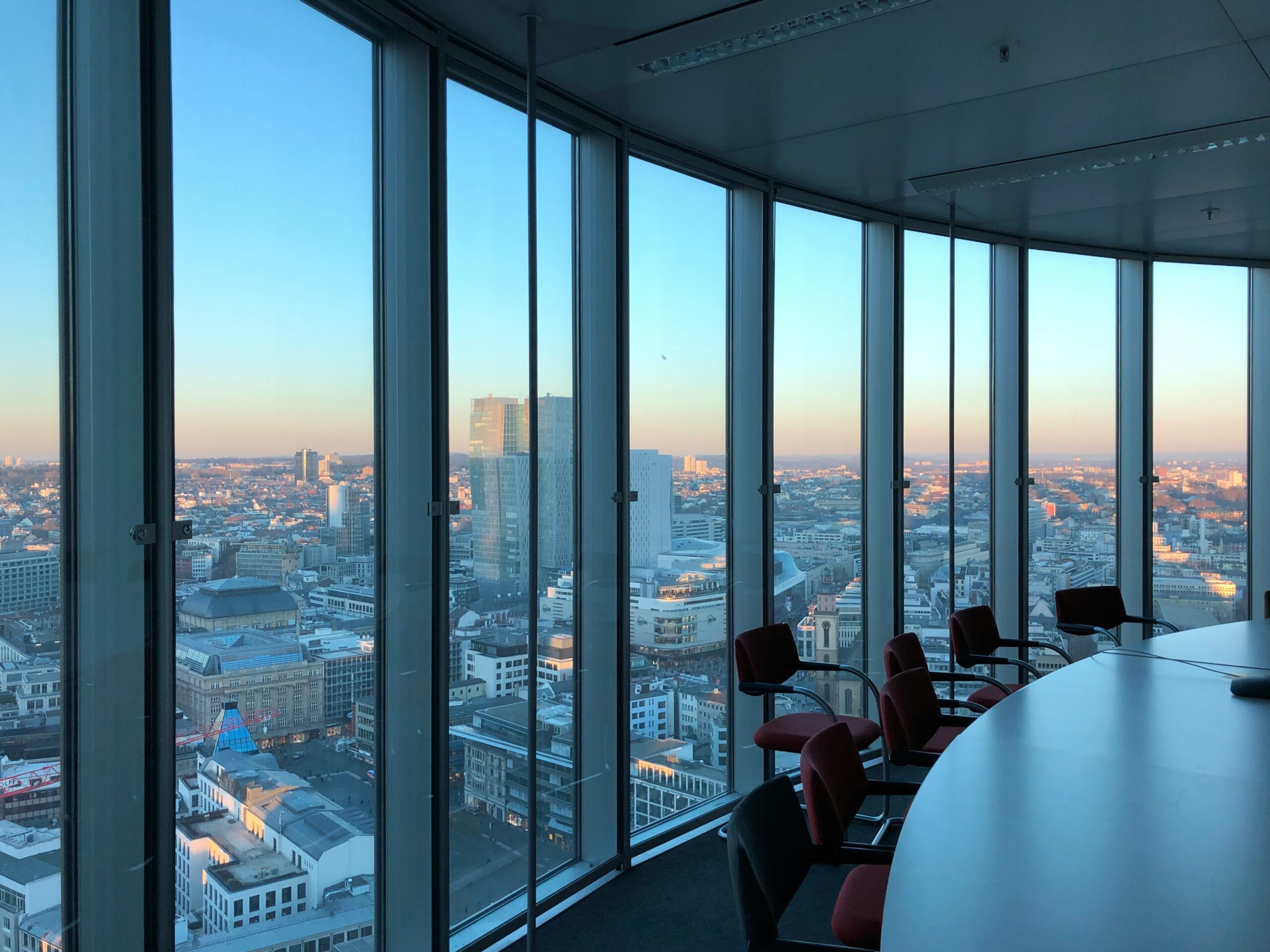 Houston spent $2.8 billion to make traffic worse...
Houston spent $2.8 billion to make traffic worse...
By the early 2000s, the six-lane Katy Freeway was choking under its own success. As one of Houston's primary east-west corridors, it connected major business hubs, residential areas, and energy-sector employers.
It was the only practical route for thousands of commuters traveling daily between central Houston and the Energy Corridor... a booming district home to some of the biggest oil and gas companies in the world.
The result was chaos. Commute times stretched endlessly as traffic crawled.
At its worst, the freeway was handling more than 200,000 vehicles per day, far exceeding its designed capacity.
The congestion was so severe that it ranked among the most gridlocked highways in America. Drivers wasted millions of hours each year. Some sections saw average speeds drop to as low as 15 miles per hour during peak commute times.
Total travel times regularly exceeded an hour for commutes that should have taken half as much.
So Texas did what it always does... It went big.
 In 2011, Houston unveiled its crown jewel of infrastructure: a 26-lane-wide behemoth...
In 2011, Houston unveiled its crown jewel of infrastructure: a 26-lane-wide behemoth...
At a staggering $2.8 billion, it was one of the most ambitious American roadway projects ever undertaken. This, officials promised, would finally fix Houston's traffic nightmare.
Instead, it did the opposite.
Before the expansion, the average rush-hour commute on the Katy Freeway between central Houston and the Energy Corridor took about 42 minutes.
Within three years of the expansion, that time had increased to 64 minutes – up nearly 55%.
A project that was supposed to alleviate congestion had somehow made it more unbearable.
 The problem wasn't mismanagement or bad engineering...
The problem wasn't mismanagement or bad engineering...
It was an economic principle playing out in real time.
The phenomenon is called "induced demand" – increasing the supply of something makes people use more of it.
Wider highways encourage more driving, more development, and ultimately, even more congestion. A road meant to ease traffic turned into a magnet for more cars.
This pattern isn't unique to highways, either. It happens whenever efficiency improves. Instead of reducing demand, it supercharges it.
 We're seeing this same phenomenon play out in the AI industry today...
We're seeing this same phenomenon play out in the AI industry today...
A few weeks ago, China's DeepSeek AI made headlines by claiming it could match Western AI models at a fraction of the cost.
This announcement caused an initial panic. Analysts worried AI was becoming a commodity... that the billions of dollars poured into chips were being wasted on an industry destined for shrinking margins.
But history suggests the opposite. As AI gets cheaper, companies won't cut back on usage. They'll find new ways to apply it.
Businesses will train more models, embed AI into more products, and use it for applications that weren't cost-effective before. Startups that couldn't afford an AI model will suddenly be able to. The overall market will increase.
Just like wider highways draw in more cars, more widely available AI will cause an explosion in AI usage.
Folks, this isn't an AI collapse... It's an acceleration in the works. The chip boom will only get bigger than it was already going to be.
Regards,
Joel Litman
February 19, 2025



 Houston spent $2.8 billion to make traffic worse...
Houston spent $2.8 billion to make traffic worse... 

